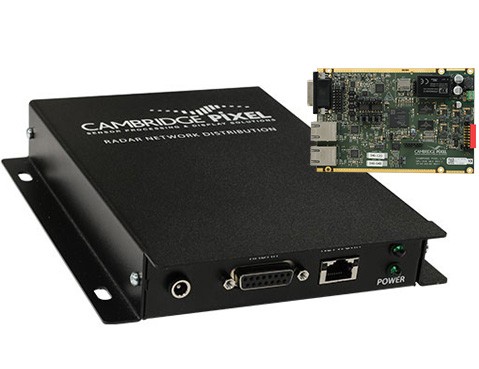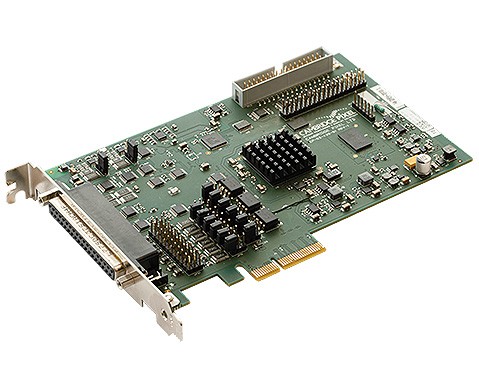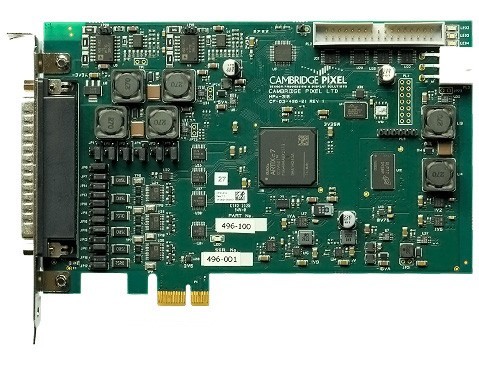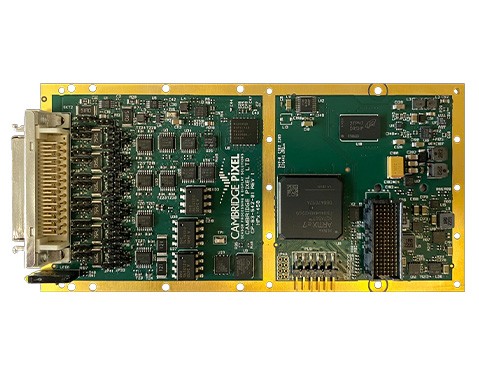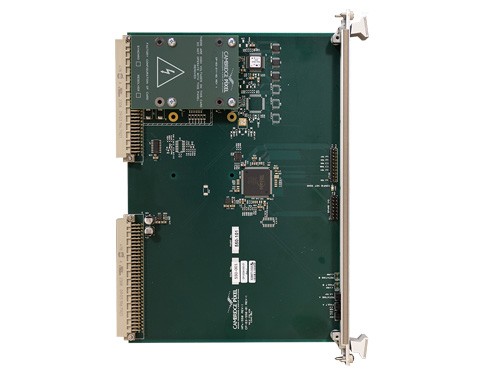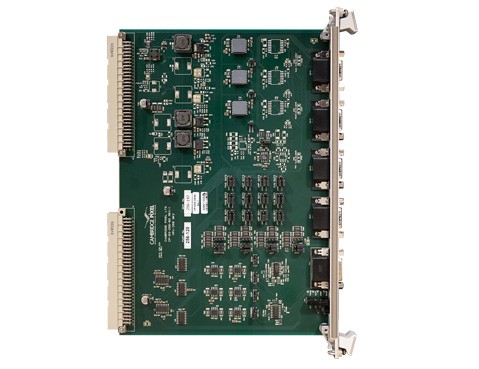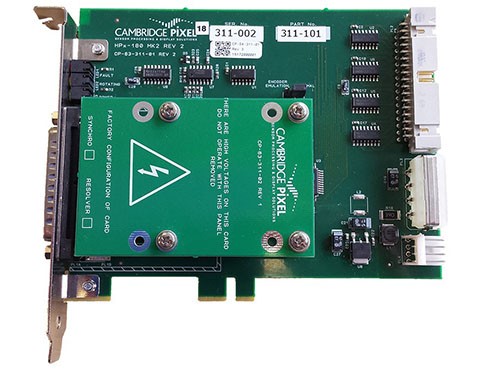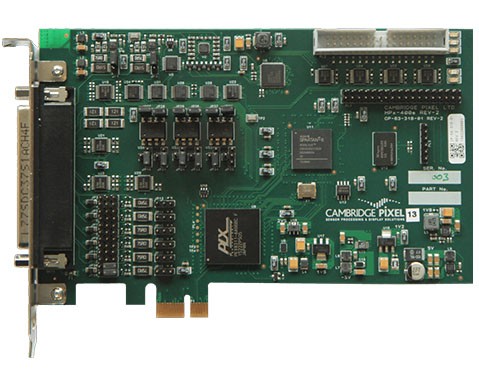Radar Interfacing | HPx Hardware
Interface to almost any radar with our hardware product range (HPx). Stand-alone units or PCIe, XMC and VME cards for radar signal acquisition, network distribution and output emulation.
Supporting software packages available include the standard board support library, the extensive SPx Development Library, server applications or client display software. HPx cards are backwards-compatible with previous generations of hardware, with the appropriate software support.


